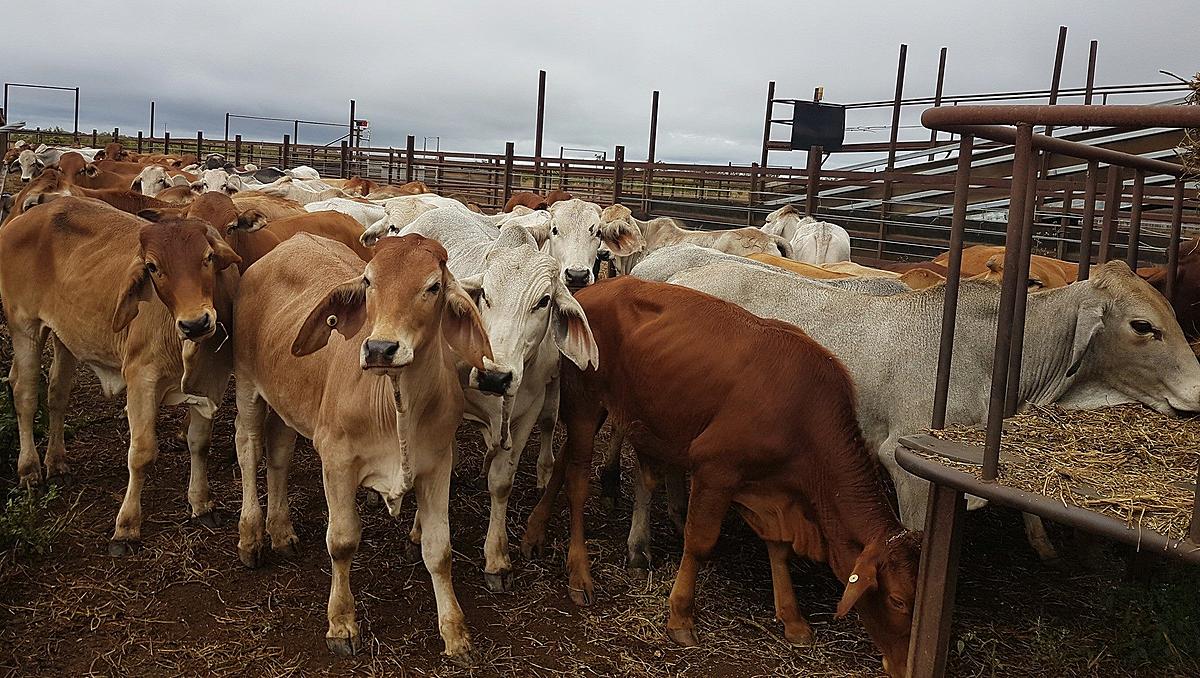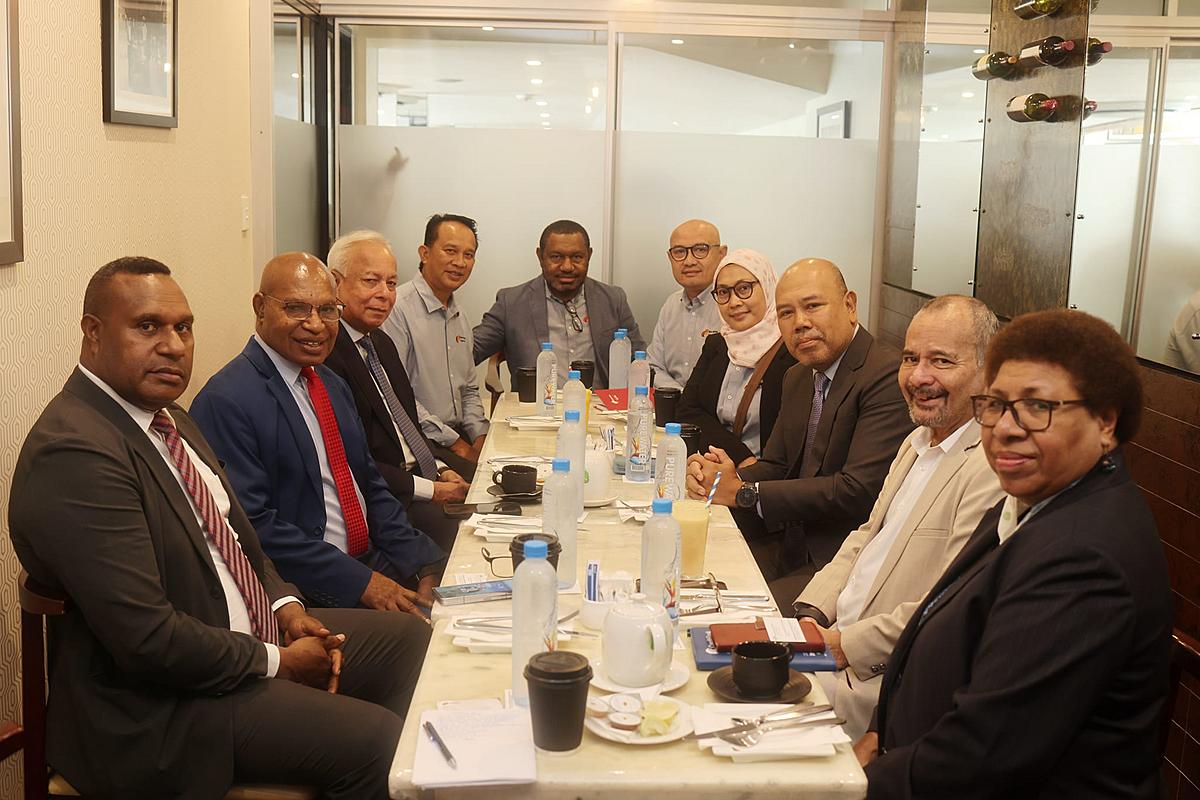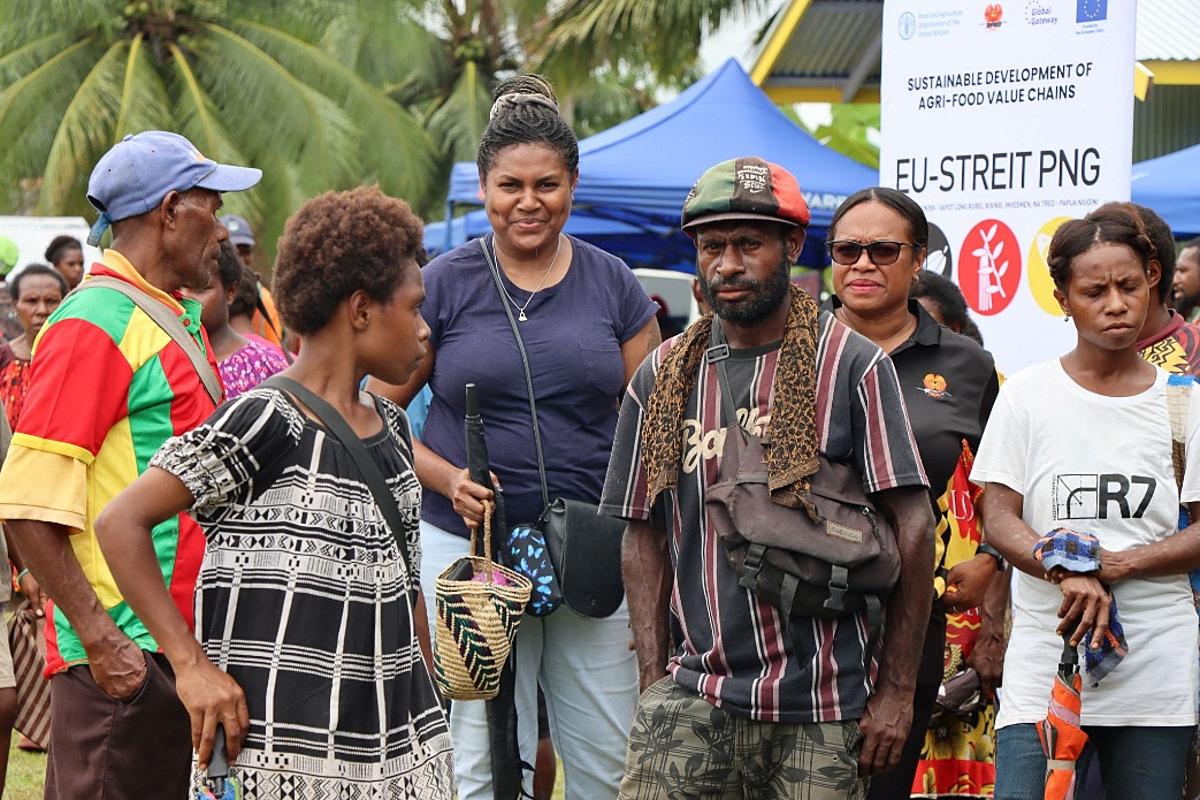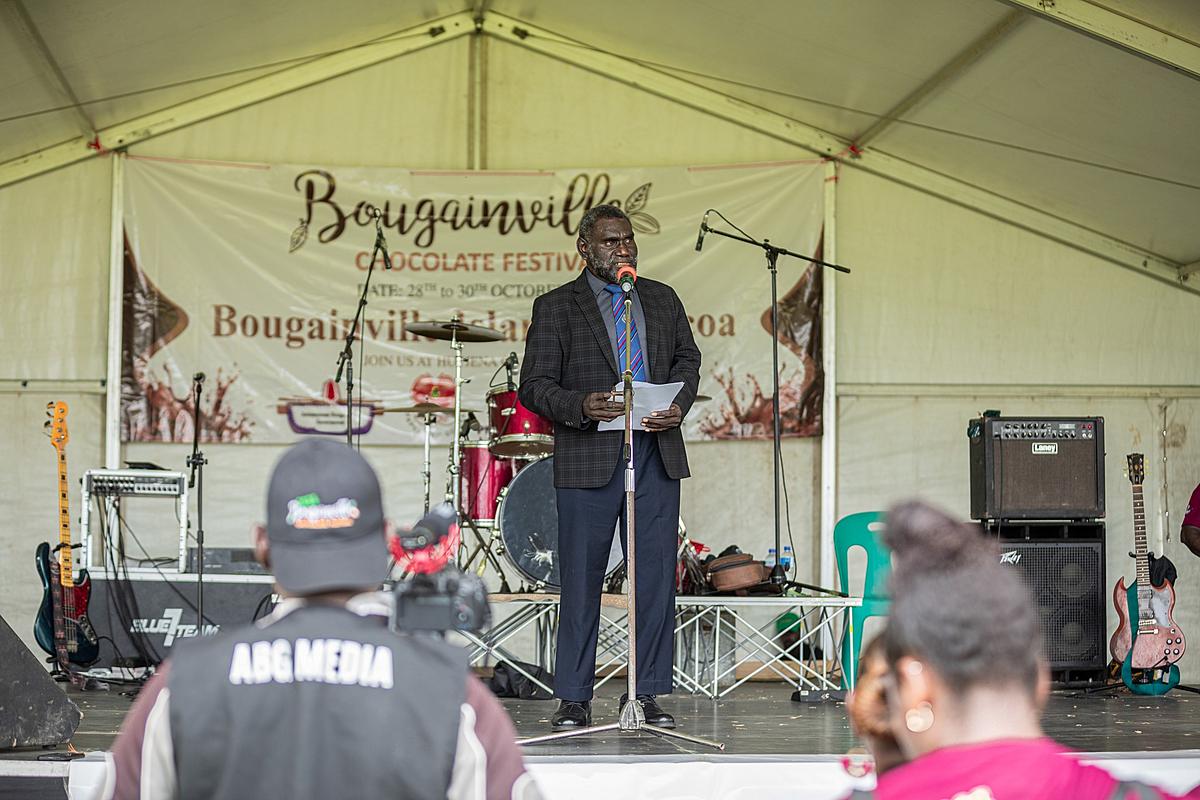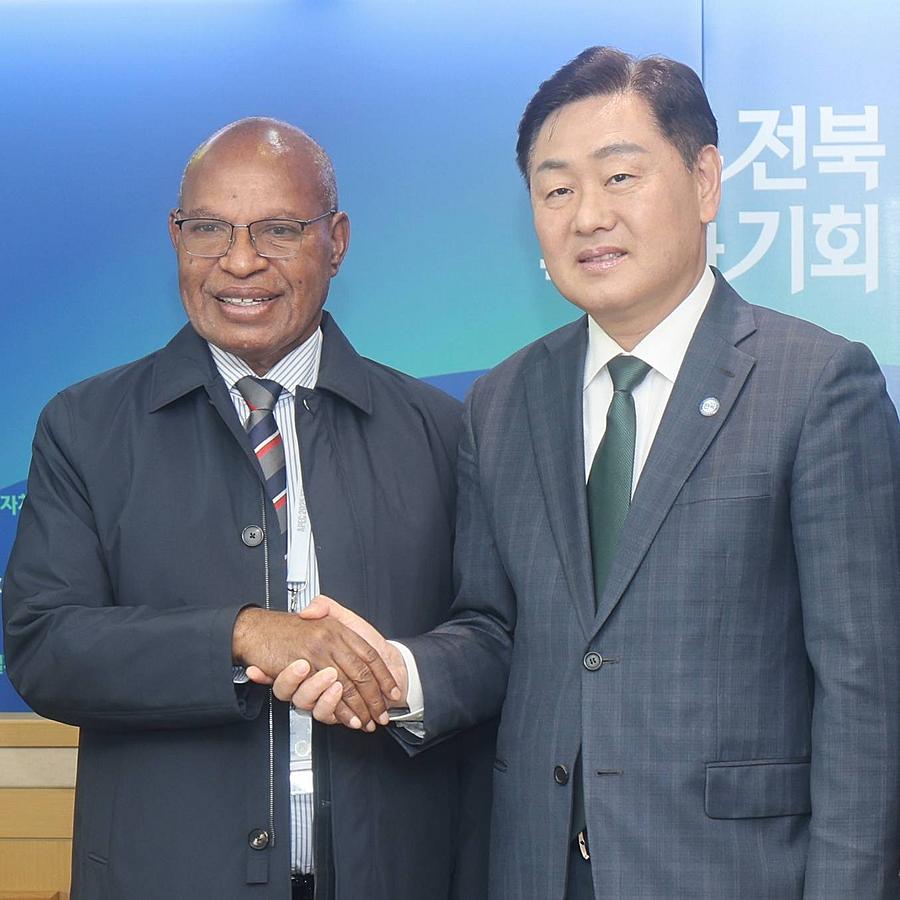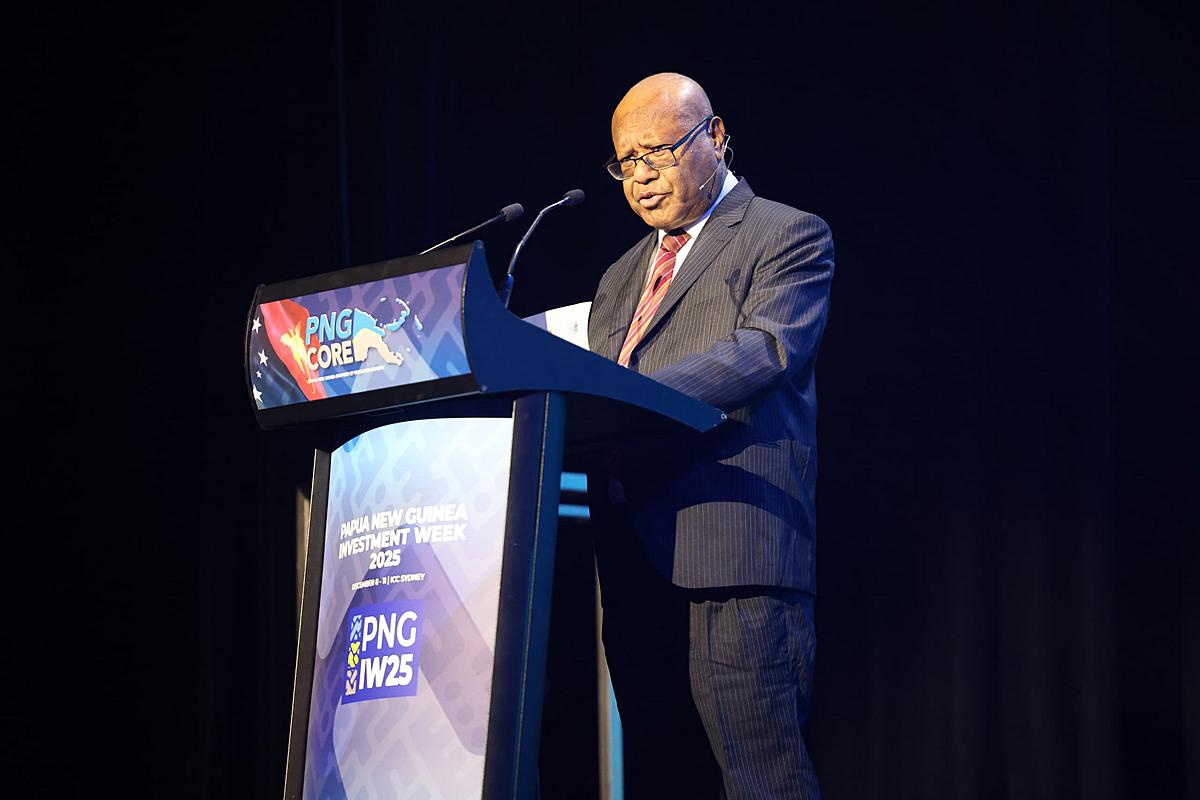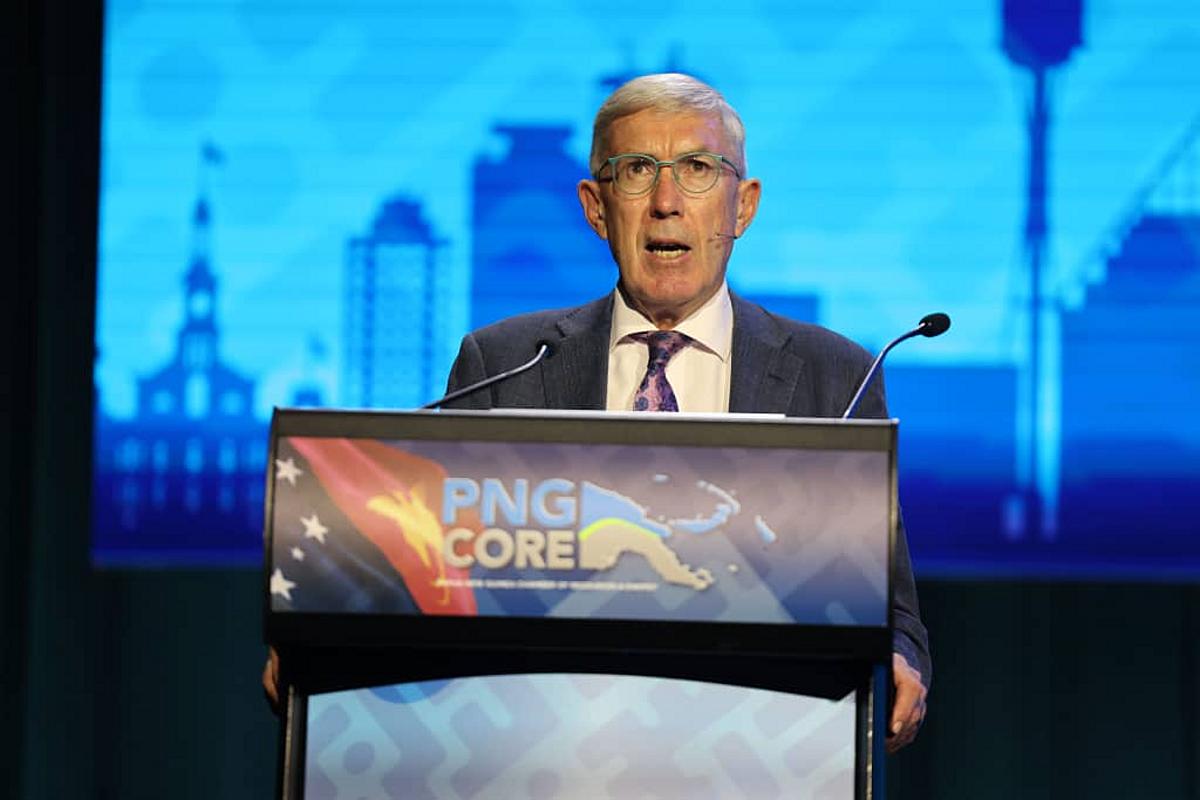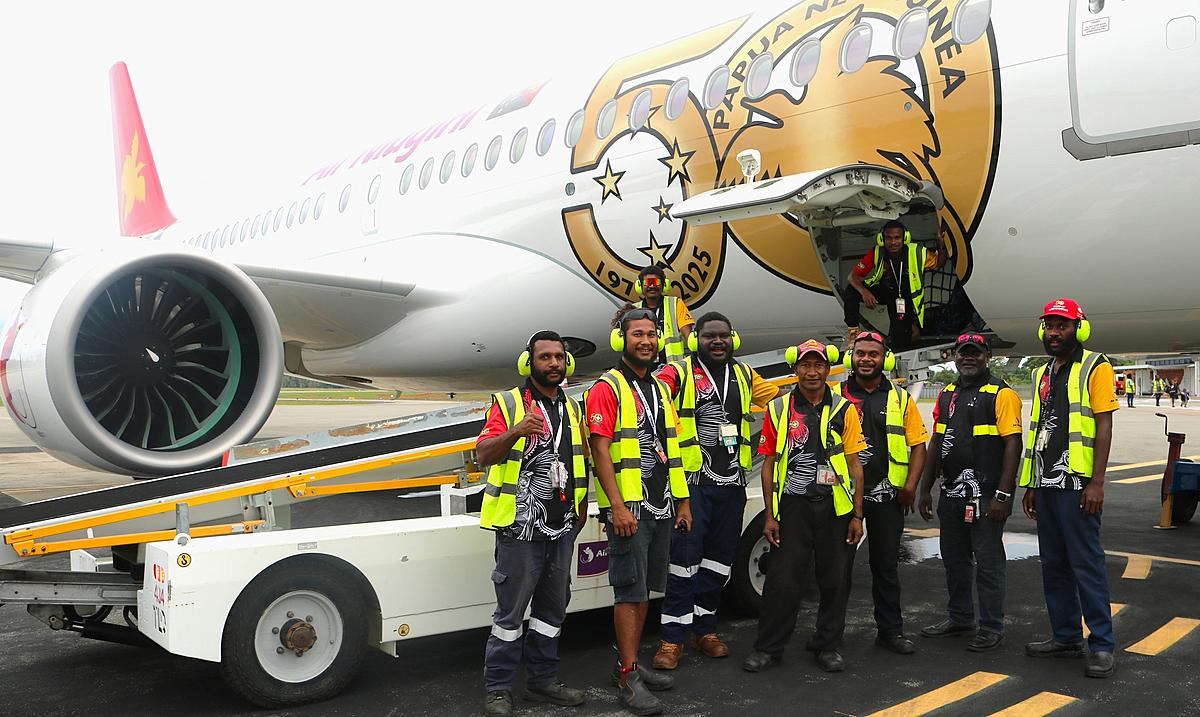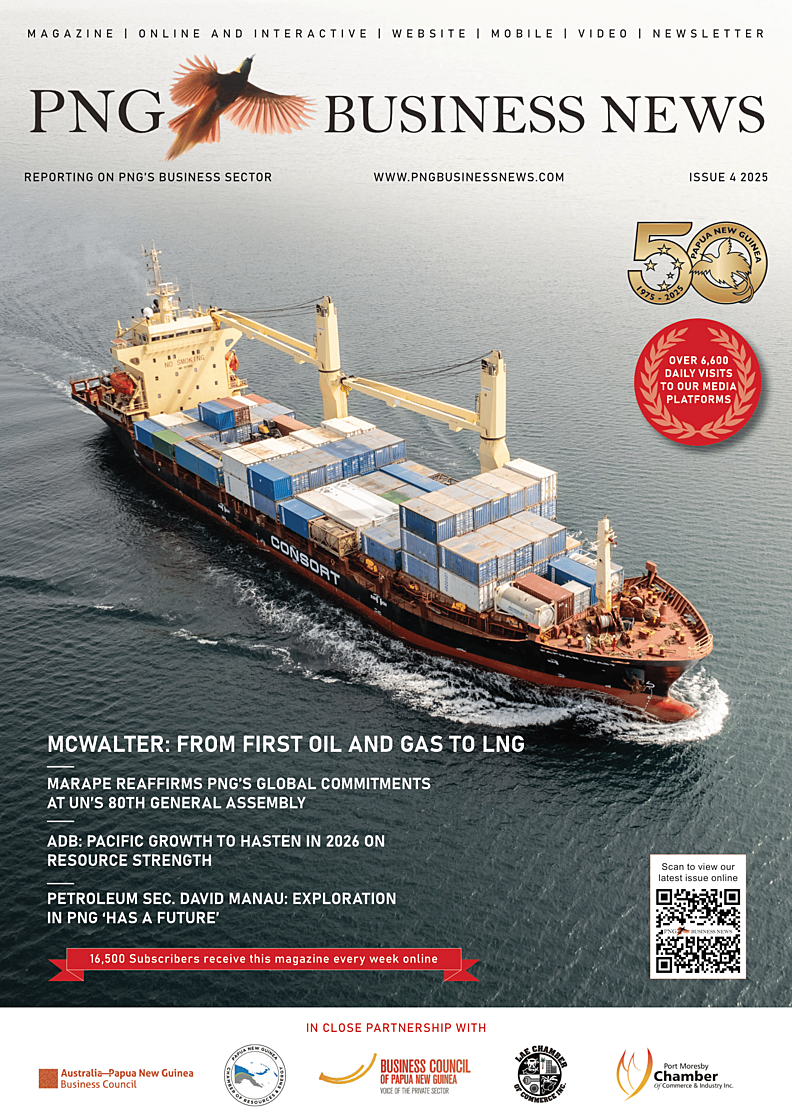Papua New Guinea continues to work towards achieving the development sustainable goals of being self-reliant in meat production by 2025. As part of this vision, officials from the Livestock Development Corporation and the minister responsible for livestock, Segie Agiso, recently travelled to North Queensland in Australia to visit Sugarbag Cattle company, one of Australia's biggest cattle exporters.
The trip was to continue dialogue discussions that were already in place to have live cattle shipped from Australia to Papua New Guinea for breeding purposes.
In a Media Conference on Monday 26 June 2023, Terry Koim, managing director of Livestock Development Corporations (LDC) clarified there is currently an arrangement in place since 2020 with Sugarbag’s yards to export live cattle to PNG for slaughter as well as for breeding. However, due to the Covid-19 pandemic, the plan did not push through.
Mr Koim said the Australian firm is ready to export cattle to PNG, but the country has yet to meet international requirements before exports can start. He revealed that the livestock development corporation has plans to build four Post-Entry Quarantine (PEQ) facilities as an international requirement.
Mr Koim said one PEQ facility will cost about K5 million. The PEQ is a requirement for any live animal or livestock coming into the country to properly check and ensure that they do not have any diseases that may threaten food security in the country.
"We decided to go and continue the dialogue with the cattle farmer which is Sugarbag yard from where we left off in North Queensland and we have agreed to re-progress the initial plan of exporting cattle." Koim said.
Meantime, Agisa, the Minister for livestock and member for South Fly, called on the Government to support this program, as it is one of the government's key agenda in the agriculture and livestock aspects to make PNG be self-reliant in meat production by 2025.
He appealed to the Treasurer and the Department of National Planning and Monitoring to release funding that has been earmarked to build the PEQ facilities.
Agisa further stressed the importance of the program and said that funding should be released and allocated as soon as possible to get the PEQ facilities off the ground.
"(This is) to meet international requirements before we can start accessing the cattle exports we need funding, because the PEQ is a requirement for any live animals or livestock coming into the country to properly checked and quarantined."
He said the focus needed to be on rebuilding PNG's cattle industry for this to occur.
"There has been so much concentration on our petroleum and mining industries so in future we would like to focus on farming, going back to basics like agriculture" Minister Agiso said.
Last year, the government introduced a new agriculture strategy in Papua New Guinea that was aimed to broaden the country’s primary production base and cut import costs to maintain sustainability in the sector.
The Livestock Development Corporation (LDC) was established under the initial Pangu Government in 1983 to take over the responsibilities and operations of the various ranches, abattoirs, and piggeries in the country, to commercialise the successful livestock division of the old Department of Primary Industry.
In its early days, LDC was successful financially, but was grossly mismanaged and over time was left to deteriorate. Without sustainable programs in place and good leadership, LDC was forced to close most of its facilities, in turn forcing Papua New Guineans to turn to overseas markets, especially Australia and New Zealand to buy their livestock supply in quantities.
With the return of attention on livestock in this major way, PNG can now produce and supply its own livestock, and look at exporting this to nearby markets soon.
The livestock sector can be seen as an important factor to the economic and cultural life of the Papua New Guineans, as the sector can provides food and income to the country’s rural population if the government plays its role in enhancing sustainable pathways for investments in the sector.

